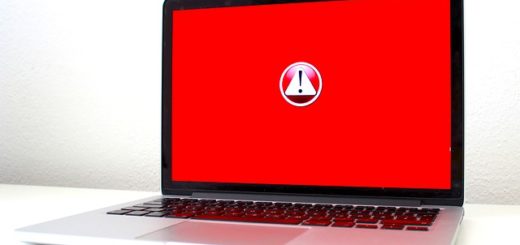How To Resolve The Firefox XUL.dll Error
Xul.dll errors are extremely annoying and are associated with the “Firefox” web browser. This problem can be caused by a number of different problems, but is actually very easy to fix if you are able to quickly scan through the various issues and correct them on your system. Here’s what you need to do…
What Is Xul.dll And Why Does It Cause Errors?
Xul.dll is a file that the FireFox web browser uses to control the Internet browsing speed and reliability of your PC. This file has been used a lot by FireFox through its various versions, and is a vital part of this program. However, it’s also one of the main causes of problems for the Firefox browser. Here are some of the errors which you will typically see caused by the xul.dll file:
Firefox.exe – Bad Image
C:\Program Files\mozilla Firefox\xul.dll is either not designed to run on WINDOWS or it contains an error. Try installing program again.
or
XUL.DLL is not valid without reinstall
or
This application has failed to start because xul.dll was not found. Re-installing the application may fix the problem
How To Fix The Xul.dll errors
Step 1 – Reinstall Firefox
The first step you should take is to reinstall FireFox. This is very easy to do but does hold the risk of losing some of your personal data. By performing this step, you will basically allow FireFox to put a new version of xul.dll onto your system ,which should prevent the error from appearing again:
1) Download the latest version of Firefox
2) Uninstall your current version of Firefox by clicking Start > Control Panel > Add / Remove Programs
3) If asked to retain your personal details, say “yes”
4) Restart your PC after the uninstall
5) Open the new Firefox installer
6) Install the new version of Firefox
7) Try running Firefox again
This will replace all the old & outdated files that could have caused Firefox to not start properly, and should cure the xul.dll error that you’ve been seeing.
Step 2 – Replace xul.dll on your system
If the problem still persists, then you may have a damaged or defective xul.dll file on your PC. To repair this in its entirety, you should look at downloading a new version of this file from the Internet and then replacing your computer’s current version of it. To do this, you should follow this tutorial:
1) Download Updated Xul.dll File From Our Site
2) Click On “My Computer”
3) Browse to “C:\Program Files\Mozilla Firefox” (Firefox install folder)
4) Locate xul.dll
5) Rename to xul2.dll
6) Place new xul.dll into folder
7) Try& use Firefox again
This may or may not work depending on which version of Firefox you have and which system you are using. Many people normally see an improvement after doing this, but it does depend on a number of variables. If you try this solution and have no luck, you should proceed to step 3:
Step 3 – Disable Your Firewall / Antivirus
It’s often the case that many firewalls and antivirus programs will actually block the xul.dll file from running on your system. This is a big problem and could be causing the error that you’re seeing. Fortunately, it’s very easy to fix by just disabling your firewall or antivirus programs whilst you try and use Firefox. If you do this and find that your browser works, then you should look at how to make your firewall unblock the xul.dll file on your system.
Step 4 – Clean Out Viruses
Antivirus programs are software tools which scan through your PC and remove any of the viruses or malware infections that are on your system. It’s often the case that viruses will infect various DLL files on your computer and then cause them to be unreadable to your PC. To ensure this is not happening on your computer, you should try using an antivirus program to scan through your system and remove any of the infections that cause all these errors. You can download our recommended antivirus program from the link above, but there are a large variety of programs available.
Step 5 – Clean The Registry
– Download This Registry Cleaner
The ‘registry’ is a big database inside Windows which keeps a large list of references for the DLL files on your system. This central database is where Windows keeps a list of the DLL file locations for your computer, and is where your system looks each time it wants to use a dll file such as xul.dll. Unfortunately, it’s prone to becoming damaged and corrupted and is constantly being unable to read the files and references that it needs to open the files that it wants. This is a major problem that causes a lot of damage to many different parts of your system. Running a registry scan will remove all the damaged references inside the registry, allowing it to run as quickly and smoothly as possible.



